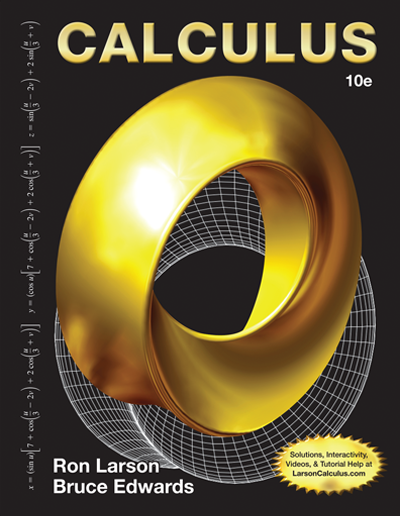Karl Weierstrass
(1815 – 1897)
Karl Theodor Wilhelm Weierstrass is widely considered to have been the greatest analyst in the history of mathematics, as well as one of the world’s most influential and effective teachers. These achievements are especially impressive considering that Weierstrass was nearly forty years of age when he settled on a career in mathematics; most prominent mathematicians pass their peak of productivity in their thirties.
Weierstrass was born on October 31, 1815, in Ostenfelde, Westphalia, Germany, the eldest of four children of Wilhelm Weierstrass and his first wife, Theodora Vonderforst. Wilhelm Weierstrass was an educated but unambitious man who, at the time of Karl’s birth, held a minor post as secretary to the mayor of Ostenfelde. Because his father’s frequent transfers took the family to one town after another, Karl’s elementary education was sketchy; nevertheless, by the time he was fourteen years old, Karl was regularly winning prizes for academic excellence.
Though keenly interested in mathematics, Karl bowed to the demands of his domineering father and entered the University of Bonn in 1834 as a student of public finance and administration. His courses included law and commerce, prerequisites for the Prussian civil service, but these subjects held no interest for him. To alleviate his boredom, Karl embarked on studies of quite another nature: he became a champion beer drinker and fencer. These activities consumed so much of his attention that he had no time left for classes. Karl was eventually forced to leave the university without a degree.
In May 1839, at the insistence of his father, Weierstrass entered the Theological and Philosophical Academy at Münster. There, Karl prepared for the state examination that would qualify him to teach in secondary schools. One of the prerequisites for certification was the demonstration of a working knowledge of mathematics; to meet this requirement, Weierstrass submitted a memoir on elliptic functions that substantially amplified the work of Abel. Unfortunately, the paper was ignored since none of those who read it were able to understand its significance.
Weierstrass passed his examinations in April 1841, and for the next fifteen years supported himself by teaching physics, penmanship, mathematics, and gymnastics. When his classes had ended for the day, Weierstrass devoted himself to the only occupation that had meaning for him: the study of mathematics. As he later reflected, “The infinite emptiness and boredom of those years would have been unendurable without the hard work that made me a recluse.”
Not until 1854, when his second memoir on Abelian functions was published in Crelle’s Journal, did the world learn of Weierstrass’s mathematical genius. The paper generated enormous excitement and spurred the University of Königsberg to award Weierstrass an honorary doctor’s degree. Soon thereafter, Weierstrass was appointed associate professor of mathematics at the University of Berlin, a post he held until his death.
Weierstrass proved to be an extraordinarily gifted teacher who inspired a generation of notable mathematicians. Among them was Willard Gibbs, America’s most prominent physical scientist. Weierstrass’s favorite student was the brilliant Sonya Kovalevsky. Because no university of the time was open to women, Weierstrass tutored her in his home. Kovalevsky, one of the most influential scholars of the nineteenth century, credited Weierstrass with shaping her development as a mathematician.
In addition to his amplification of Abelian functions, Weierstrass is noted for the exceptional rigor to which he subjected his mathematics. His carefully constructed proofs form the theoretical foundations of virtually every branch of calculus. It is interesting to note that Weierstrassian analysis might have vanished into obscurity had it not been for his students. Weierstrass had little interest in publication, and most of his ideas were disseminated, with his blessing, by his followers.
Weierstrass died of pneumonia in Berlin on February 19, 1897, after a long illness. He was eighty-one years old.
Links
http://www-history.mcs.st-andrews.ac.uk/Biographies/Weierstrass.html
http://medbib.com/Weierstrass
References
- Boyer, Carl B. A History of Mathematics. 2d ed., rev. Uta C. Merzbach. New York: John Wiley & Sons, Inc., 1991.
- Brton, David M. The History of Mathematics. 2d ed. Dubuque, IA:Wm. C. Brown Publishers, 1988.
- Eves, Howard. An Introduction to the History of Mathematics. 6th ed. Fort Worth: Saunders College Publishing, 1992.
- Gillispie, Charles Coulston, ed. Dictionary of Scientific Biography. Vol. XIV. New York: Charles Scribner’s Sons, 1976.
- Simmons, George F. Calculus Gems: Brief Lives and Memorable Mathematics. New York: McGraw-Hill, Inc., 1992.











